Rositsa Dimitrova is a travel blogger and photographer who runs the website and channels Trips with Rosie.
We were lucky to be able to talk to her here about her amazing astrophotography work.
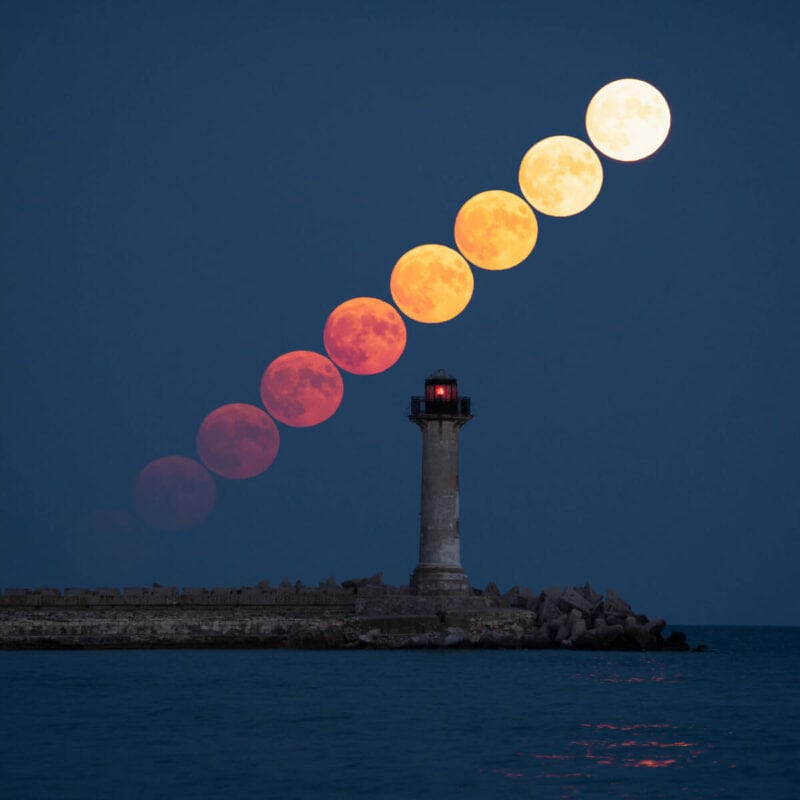
What’s your current focus with photography and how does astrophotography fit in?
Astrophotography is certainly my favorite. As I am a travel blogger, I do take some touristy photos from the places I visit in order to better capture the spots I write about.
Of course, the weather isn’t always on my side, so I try to take full advantage of the circumstances and shoot sunrises and sunsets if it’s too cloudy for night shots.
I try not to be a maximalist – if I travel for a week, I like to take a 2-3 nights for astrophotography and do 2-3 sunrises. I think that’s much better way to enjoy any trip and not be too exhausted to take images.
During the last few years, I also fell in love with the Moon. It’s funny – it actually started as a way for me to “fill up the time” between New Moons, but later I really began to love that just as much as the starry skies.
Planning a Moon shot with a good foreground is much, much tougher, but shooting and editing takes a total of 30 minutes maximum. It’s a very different process overall, but just as exciting.
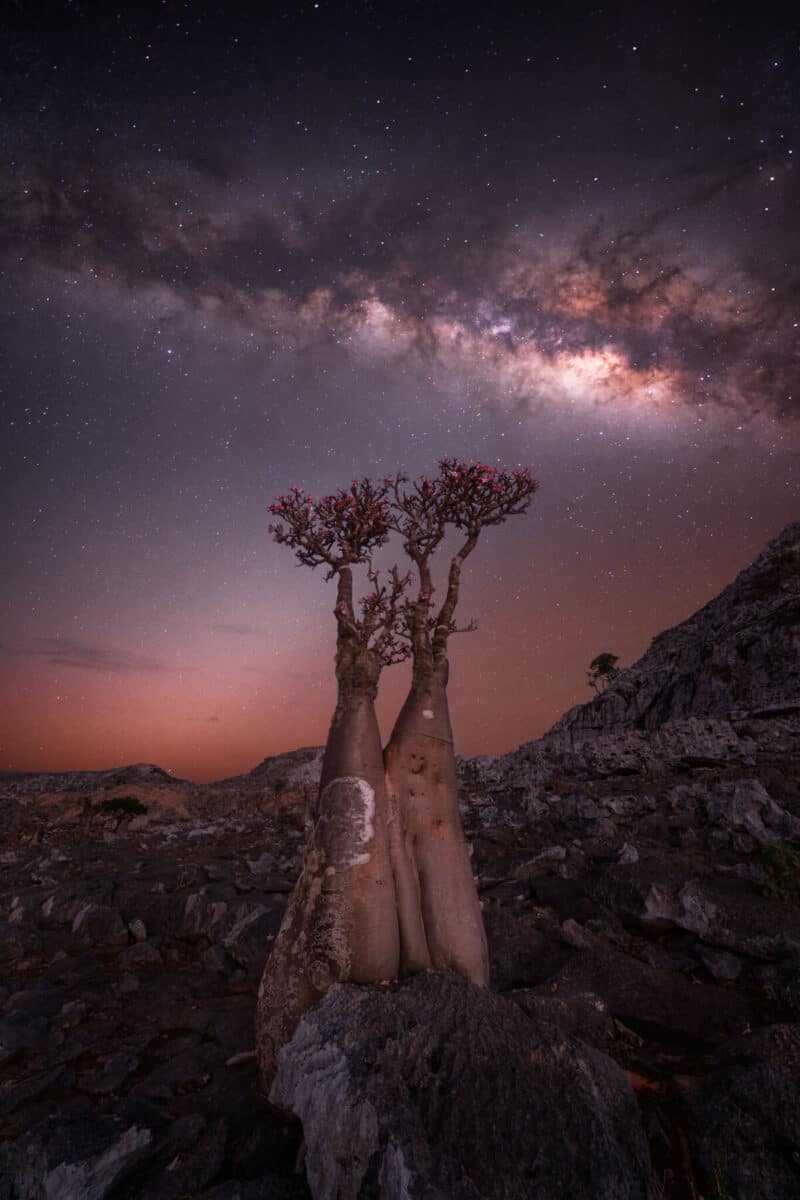
Where are you and where do you do astrophotography? How do you plan your imaging?
You can basically shoot the stars in any dark enough place around the world. Naturally I started in my home country – Bulgaria, but soon I became “brave” enough to go abroad.
I’ve shot a couple of times in the Canary Islands, Greece, the Maldives, Socotra (Yemen), and I’m planning a few more very exciting trips that I’ll combine with night shots.
Bulgaria is one of the few countries in Europe with a gorgeous night sky.
Some of my favorite places around here are around Kavarna (on the North coast), cape Emine, as well as in the mountains of Pirin (Tevno lake, Muratovo lake) and Rhodopes (Shiroka Polyana dam is stunning!).
The best night sky I’ve seen, however, was in Socotra, where you can easily spot the Milky way core and even the Zodiacal light with the naked eye.
Planning for starry shots is fairly easy. I always start off with PhotoPills – tune in the date, time and location, and check out how the Milky way would look like in AR, so I can easily see the direction and elevation.
It’s also important to plan my trips around the New Moon – or sometimes around 50% Moon, so I can catch the elusive Moon rise under a Milky way.
I then begin looking for specific spots – I read other travel blogs, hiking guides, etc., and make a list of possible spots.
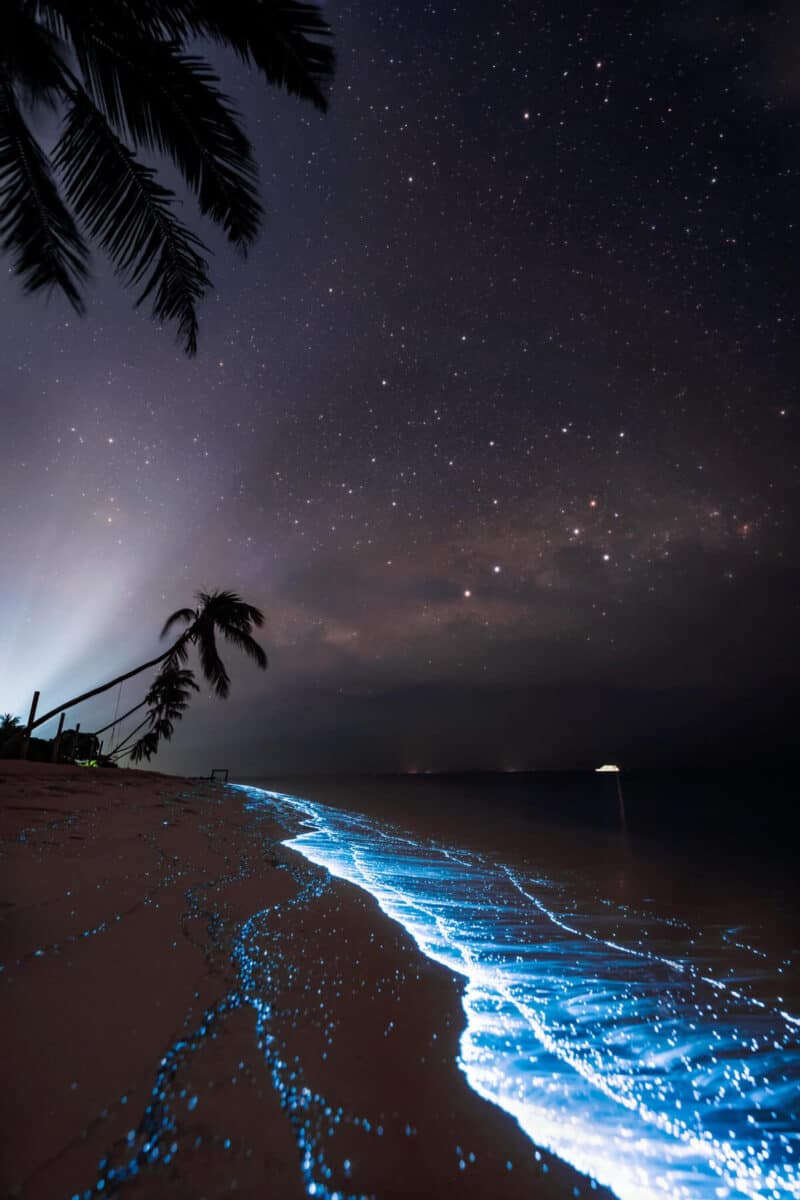
After that I start scouring Google Maps, Google Earth and even Google Street View for awesome spots that would make a great foreground.
A very cool trick I have is to look at 360 photos from Google Maps on my phone – as I’ve already seen where the Milky way will be, I can easily see how that 360 photo would look at night.
For Moon shots planning goes quite differently. I use The Photographer’s Ephemeris (the paid web app plus the phone app), as it’s much easier for me to do it on my laptop.
I scout locations – mostly tall buildings or something interesting on a hill, then I start looking at possible positions for the full moons around the year.
This process can easily take about a couple of hours – and positions are different every year, so sometimes I plan a few years ahead.
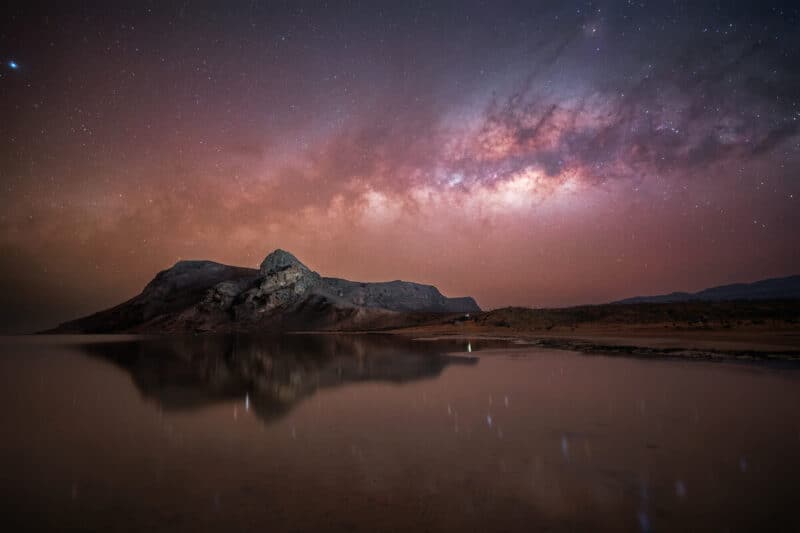
“I think I’d be the first photographer to say I don’t really plan on purchasing something new after the Sony A7R III, I think I have it all (at least for now!)”
What gear do you use?
I use my Sony A7 III camera which is astromodified.
My favorite go-to lens for night photography is Sony GM 14 f/1.8. It’s lightweight, very sharp and very fast, absolutely worth purchasing.
I do love the wide-angle shots, they give me the freedom to pursue different and complex compositions once I’m on site.
I also have a Sony 24 f/1.4 but I must admit I haven’t really used it yet.
I did purchase two star trackers, but I later sold them. Their weight put me off – they’re great for deep space, but it took me quite a while to get them to work on location, which ate some of my time shooting.
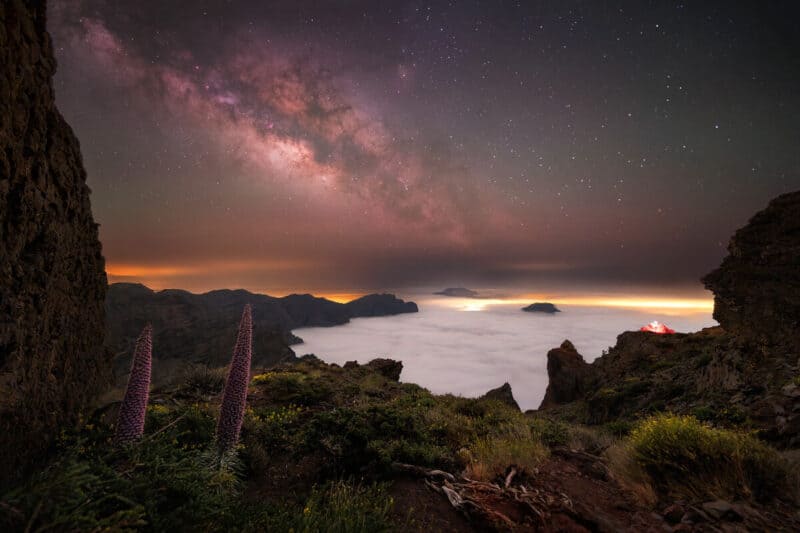
For Moon shots I use a Sony 200-600mm lens and I recently purchased a Sony A7R III camera.
It was my first choice for a camera due to its 42 megapixels – you do need to crop sometimes and this gives you freedom to do so.
The Sony 200-600 lens is pretty heavy (about 2 kg), but it’s so, so sharp, I fell in love with it as soon as I tested it a few years back.
I think I’d be the first photographer to say I don’t really plan on purchasing something new after the Sony A7R III, I think I have it all (at least for now!)
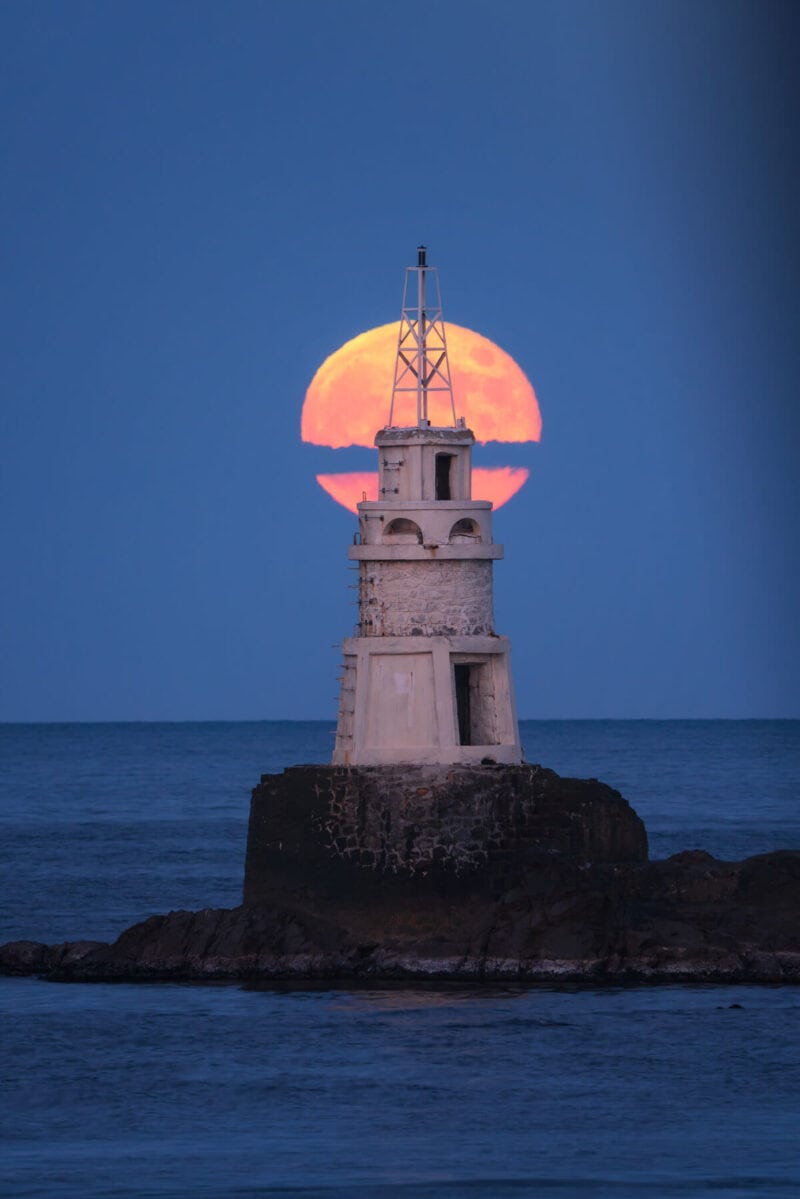
What software do you use for post-processing?
Post-processing is an art. I try to keep as much detail as possible and only edit for contrast (dodge and burn) and noise reduction – I barely touch colors and almost never add or remove details.
I use mostly Adobe Photoshop, sometimes Starry Landscape Stacker (for macOS).
I also highly recommend StarXTerminator – it completely changed my workflow lately.
The idea is to remove the stars, edit for contrast and then add the stars back. In that way, you don’t lose the colors of the stars and you don’t overblow their detail.
I’d love to get the Topaz Denoise software and I’ll probably invest in it soon.
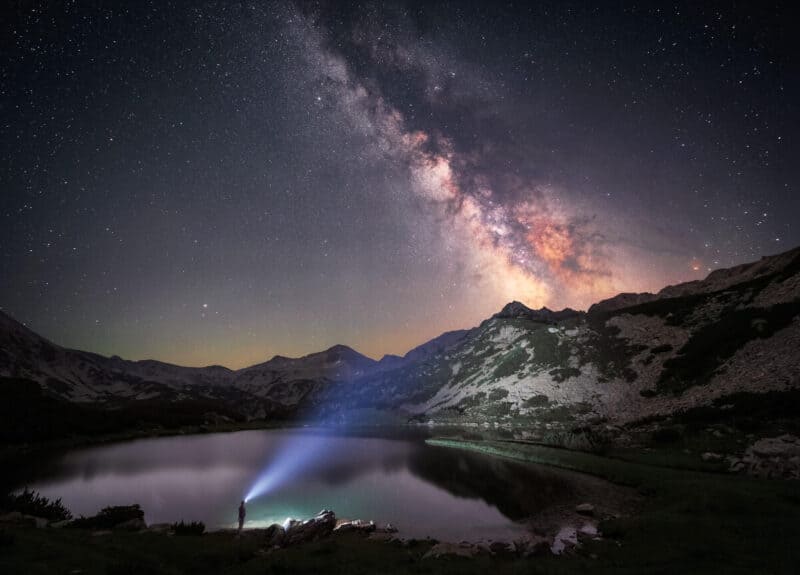
“This is how I began my journey – I took a few workshops, and then went into advanced editing tutorials”
Are there any learning resources you can recommend for other astrophotographers?
If you’re a beginner, you should definitely try on your own for a while. However, after you’ve learned how to properly work with your camera, it’s a great idea to go to specialized night photography workshops.
The best way to learn is by practice and it’s a huge shortcut to have someone with a lot of experience to help you.
This is how I began my journey – I took a few workshops, and then went into advanced editing tutorials.
Most astrophotographers have released awesome courses online that are definitely worth checking out.
Some of the paid courses I’d recommend are those of:
- Bray Falls – his Solar Eclipse Workflow course is really, really great
- Royce Bair
- Benjamin Barakat
In terms of free resources, Dan Zafra has great guides on his website, PhotoPills as well.
And let’s not forget the amazing Alyn Wallace and his YouTube channel.
I am incredibly sad that we’ve lost him, he was a true inspiration and his legacy will live on for decades.
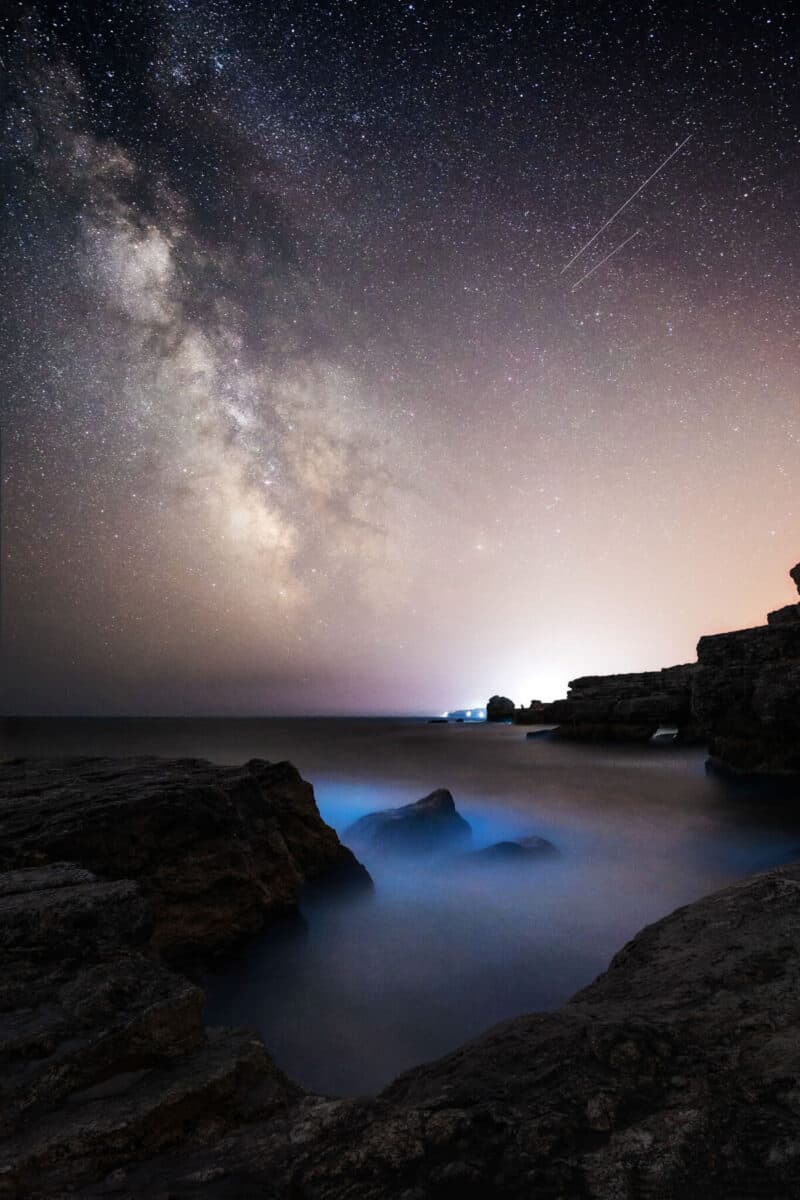
“It’s not often that you see women in astrophotography, but hey, we exist!”
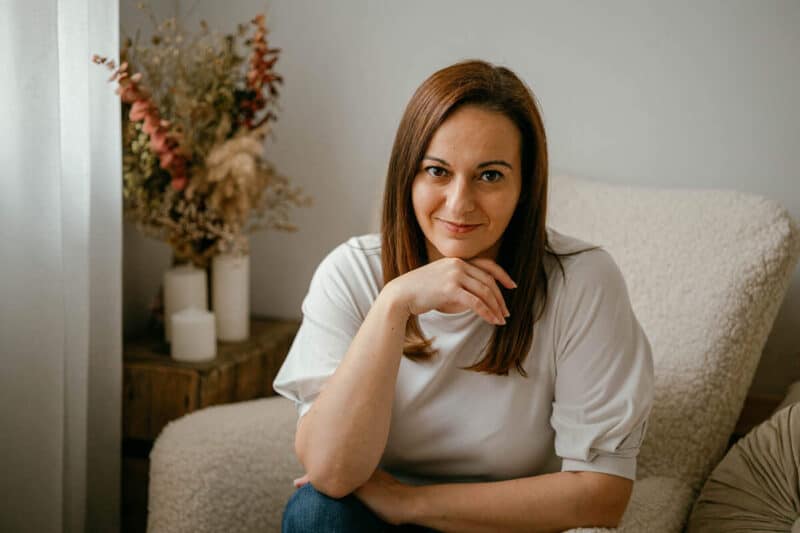
About You – Rositsa Dimitrova
In 2022 I was on the shortlist of the Royal Observatory of Greenwich – Astronomy Photographer of the Year.
It was a great honor to be among such amazing photographs and a true dream-come-true. I even went to London with my family at the opening of the exhibit in the Naval Museum and it was unreal seeing my photograph there.
This motivated me to work harder and improve my process, so I’m even better. It’s not often that you see women in astrophotography, but hey, we exist! I do have some more exciting news that I’ll share in a few months, which is proof I am indeed improving.
Another really important moment for me was when I went to Socotra last year – we were on an astrophotography trip organized by Benjamin Barakat. It was really, really amazing – the dark skies there are unmatched. But I was 11 weeks pregnant with my second daughter, so I was struggling with pretty bad fatigue and morning sickness. Despite that, I managed to take some gorgeous shots, and of that I am proud.
Here are my channels:
- Website: https://tripswithrosie.com
- Instagram: https://instagram.com/tripswithrosie
- Facebook: https://facebook.com/tripswithrosie


